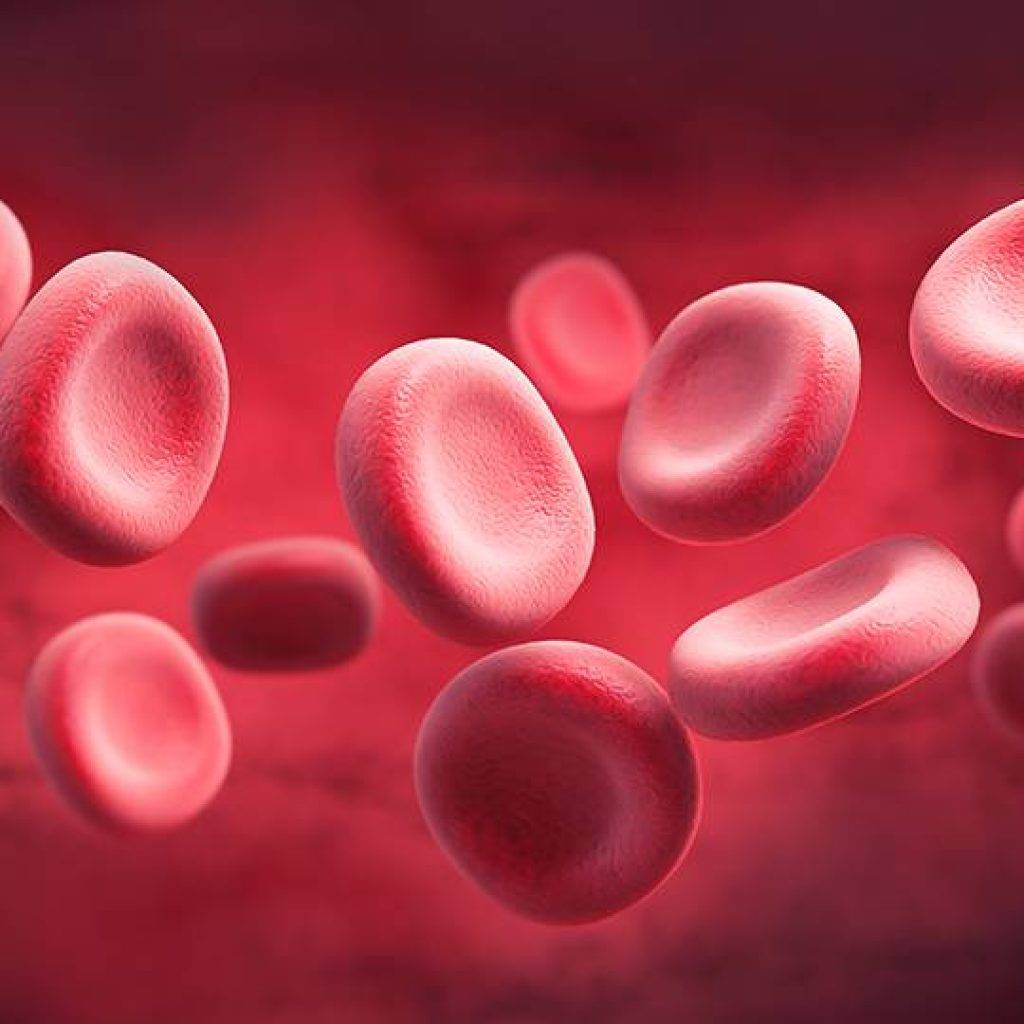Are you tired of living with chronic pain and searching for a solution? You may have already tried over-the-counter medications, but are looking for something else. If so, PRP therapy could be the answer. This relatively new form of treatment has been gaining popularity in recent years due to its ability to reduce pain and speed up recovery times. In this article, we’ll explore what PRP therapy is, how it works and the potential benefits and side effects associated with it. Keep reading to learn more about how PRP therapy can potentially help you overcome your chronic pain once and for all!
Overview of Chronic Pain

Suffering from ongoing aches and discomfort? Let’s take a look at what could be causing it. Chronic pain is often caused by an underlying condition or injury, such as arthritis, fibromyalgia, or sciatica. However, chronic pain can also be triggered by lifestyle factors like stress, poor posture and lack of sleep.
It’s important to identify the root cause of your chronic pain in order to effectively manage it. Consider lifestyle modifications such as improving your posture and taking regular breaks from any activities that put strain on your body.
Additionally, talking to a health professional about developing a tailored exercise routine may help reduce both the intensity and frequency of your pain episodes.
When lifestyle changes don’t provide enough relief for chronic pain sufferers, there are alternative treatments available – one being platelet-rich plasma (PRP) therapy. Unlike most conventional therapies which simply mask the symptoms of chronic pain, PRP therapy seeks to address the underlying causes in order to produce long-term healing effects. But before delving into how this revolutionary technique works its magic, let’s explore what happens when we experience an injury or illness
What Is PRP Therapy?

Struggling with aches and pains? Try PRP, a revolutionary medical treatment that could be the solution to your woes. Platelet Rich Plasma (PRP) therapy is a non-invasive, relatively fast procedure used for treating chronic pain and injuries. It harnesses the body’s own healing capabilities to reduce inflammation, repair damaged tissue and promote quicker recovery time. Here are some of the benefits of PRP therapy:
Minimally Invasive: PRP injections involve only small amounts of blood being drawn from the patient’s arm or hand, then processed in specialized equipment to isolate platelets rich in growth factors.
Accelerates Healing Process: The concentrated platelets contain powerful proteins called cytokines which accelerate the healing process by stimulating tissue regeneration, as well as reducing inflammation and pain.
Accelerates Healing Process: The concentrated platelets contain powerfaCost-Effective: When compared with traditional treatments such as surgery or physical therapy, PRP is much more cost effective due to its reduced recovery time and minimal risk associated with the procedure.ul proteins called cytokines which accelerate the healing process by stimulating tissue regeneration, as well as reducing inflammation and pain.
PRP treatments provide an effective alternative for those suffering from chronic pain without requiring extensive surgical procedures or long term medications. By utilizing one’s own natural healing abilities, it is possible to significantly reduce discomfort while achieving optimal results in a short amount of time.
How Does PRP Therapy Work?
Investigating the regenerative capabilities of platelet-rich plasma (PRP), this therapy aims to reduce inflammation and promote faster healing without resorting to surgery or long-term medications.

PRP therapy works by utilizing a patient’s own blood to isolate factors that stimulate cellular regeneration, immune response, and tissue repair. This concentrated form of platelets is injected into the affected area which then releases growth factors responsible for healing damaged tissues and muscles. The goal of the therapy is not just to relieve pain but also to optimally restore functionality and mobility in the area of injury through its regenerative effects.
The process begins with a qualified healthcare professional drawing a small amount of blood from the patient’s arm. The blood is then placed into a centrifuge machine where it spins rapidly, separating out red blood cells from its plasma containing white blood cells and platelets. Platelet-rich Plasma (PRP) is then extracted from the sample before being injected into target areas where it can work its therapeutic magic on damaged cells and tissue.
As PRP gains more interest amongst healthcare professionals, studies have shown that when used in combination with physical rehabilitation, this treatment can provide long term relief from chronic pain while avoiding any surgical interventions or long-term medications with their associated side effects.
Going beyond traditional painkillers, PRP therapy may be one solution for those suffering from lingering acute or chronic pain due to injuries or medical conditions who are looking for an effective way to regain their mobility and quality of life.
Benefits of PRP Therapy
For those looking for an alternative to surgery and medication, PRP offers the potential of lasting relief from acute or persistent discomfort. This minimizes inflammation and treats injuries without requiring invasive measures. Here are four benefits of PRP therapy:

1. Reduced recovery time
Patients undergoing PRP treatment experience a much quicker recovery than with other therapies such as physical therapy, injections, or surgery.

2. Pain relief
Studies have shown that PRP treatments reduce pain levels in many patients after just one session.

3. Increased mobility
Patients often report improved range of motion and flexibility following a series of treatments with PRP therapy.

4. No side effects
Since this procedure is non-invasive, there are no known long-term negative side effects associated with it.
These advantages make it an attractive option for those who want to avoid more aggressive treatments for chronic pain issues. Although the results may vary depending on the individual case and condition being treated, many patients have found success using this innovative approach to treating their symptoms without having to resort to medications or surgery.
Potential Side Effects of PRP Therapy

Although PRP therapy is generally a safe and non-invasive treatment option, it’s still important to understand the potential side effects before diving in. The recovery time for PRP therapy may be longer than some other treatments, which could cause some discomfort over the course of several weeks as your body adjusts to the changes.
It’s also possible to experience some short term side effects such as swelling, bruising, and pain at the injection site. These shouldn’t last more than a few days but if they continue past this period it should be discussed with your doctor right away.
It’s also important to note that although PRP therapy is generally considered a safe procedure, there are still risks associated with any medical treatment so it’s best to discuss all options with your health care provider before making any decisions about treatment.
No matter what your decision is when considering treatments for chronic pain, understanding all of the potential side effects should always be taken into consideration in order to ensure you make an informed decision that will provide you with optimal results and long lasting relief from chronic pain.
Frequently Asked Questions
When it comes to PRP therapy, preparation time is minimal and the side effects are very rare. Generally speaking, a single treatment takes about 30 minutes and does not require anesthesia or any type of sedation. The amount of treatments you will need depends on the severity of your condition – usually three treatments spaced 4-6 weeks apart are enough for most people to recover from chronic pain. However, if necessary, more sessions can be scheduled in order to achieve the desired results.
You may be wondering if PRP therapy is covered by insurance. The answer is that it depends on your individual insurance plan and the procedures your provider covers. It’s important to take safety precautions when considering any medical procedure, and some side effects have been reported with PRP therapy. However, overall, the treatment tends to be considered safe with minimal associated risks. To find out if you are eligible for coverage of PRP therapy under your insurance plan, contact your provider for more information.
PRP therapy is a promising treatment for chronic pain, but how many sessions one needs depends on individual cases. Generally speaking, it may take up to three sessions of PRP injections to see significant improvements in pain levels and recovery time. Research suggests that the effectiveness of PRP therapy increases with each session, so multiple visits may be necessary to experience its full effects. Patients should consult with their doctor or healthcare provider to determine the number of sessions they need in order to achieve the best results.
PRP therapy is a form of regenerative medicine that helps you recover from chronic pain. While it does have short term effects, it’s not painful and there are few side effects. It’s safe, as the procedure involves using your own blood to create an injection that helps promote healing in affected areas. The process is relatively simple; once the injection is administered, you can expect to see results within a few weeks or months.
Rediscover a Life Unhindered by Chronic Pain
You’re not alone in your struggle with chronic pain. PRP therapy could be the answer you’ve been looking for to get back to a healthy and active life. This unique procedure has helped countless people find relief, allowing them to live without the constant worry of pain. With its low risk of side effects, there’s no reason not to explore this option if you’re dealing with chronic pain.
Don't let chronic pain hold you back any longer!
The benefits are undeniable, and you can trust that this modern treatment will bring you closer to achieving your health goals. So don’t be afraid to take the plunge and make that change!


